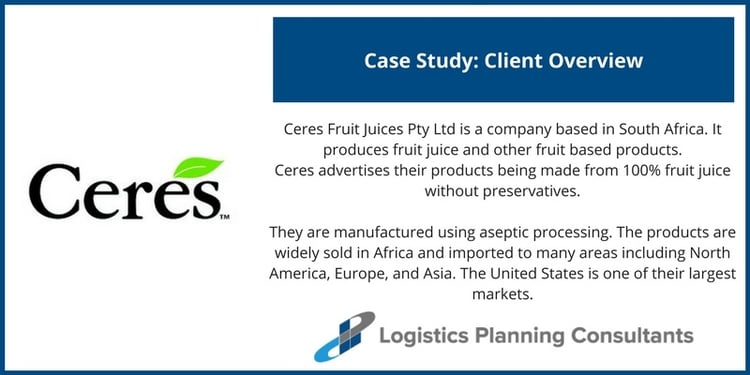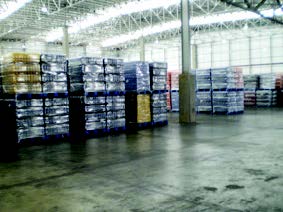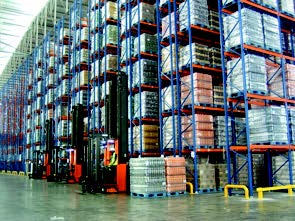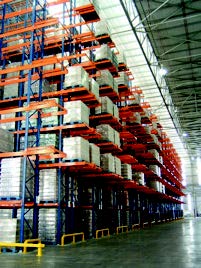
The company is named after the town of Ceres in the Western Cape, South Africa where it was first founded in 1986. The Ceres valley is an important fruit growing region in southern Africa, particularly for apples, pears and stone fruits.
Ceres’s production and distribution facility in Johannesburg was at peak capacity for storage. Product was stored in a block stack arrangement with little or no available floor space for additional storage. The consequence of this was that the lack of additional storage capacity was affecting the businesses day to day operation.
LPC were retained by a local racking supplier to identify and agree with Ceres what their requirement was for throughput and storage and to identify potential storage and layout options. To validate each option in terms of capacity, capital cost and operating cost, operational efficiencies and flexibility to accommodate future growth in both storage and throughput volumes with a view to recommending the optimal solution.

LPC evaluated a mixture of conventional, automated and dense reserve storage in which most options were paired with a conventional Wide Aisle Racking pick face. The main conventional option was for Very Narrow Aisle Racking which could be converted to an automated stacker crane operation, and a dense shuttle racked option which could be worked with either very narrow aisle trucks or cranes. The latter option could also be extended and therefore remove the need for the wide aisle racked pick face area as the pick locations could be located in tunnels in the shuttle racking.

For the VNA truck options the P&D locations would be fed by reach trucks from a short conveyor feed from production while in the automated options the conveyors would feed direct to the crane in feeds. Conventional reach trucks would be used in all cases to take from P&Ds / out feed conveyors to the pick area with wide aisle APR or despatch marshalling for full pallets.
LPC facilitated site visits in Europe for the benefit of Ceres to see similar installations operating efficiently as those proposed.

The chosen solution was determined based on cost and flexibility to phase in additional racking and or convert from Very Narrow Aisle Trucks to cranes in the future led to the conventional Very Narrow Aisle Racking solution bring installed.


